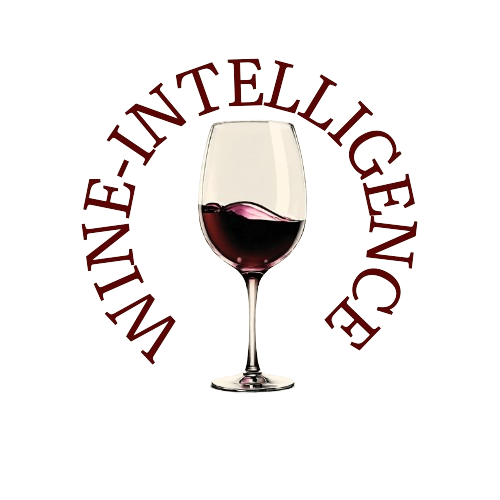Champagne, long celebrated for its association with luxury and celebration, is currently experiencing a significant downturn, as reported by Wine-Searcher.
Sales have declined for 14 consecutive months, with the gap between 2023 and the first quarter of 2024 now reaching double digits.
The figures are stark: 67.4 million bottles were sold in the first three months of this year, down from 81.2 million in the same period last year—a difference of 13.8 million bottles or 17.1 percent. This decline follows an 8.2 percent drop in 2023, when sales fell to 299 million bottles from 325.5 million in 2022.
Interpreting the Decline: A Call for Calm
Charles Goemaere, the director-general of the Comité Champagne (CIVC), urges a calm interpretation of these figures. He emphasizes that the Champagne sector focuses on long-term excellence rather than short-term volume. Despite the troubling numbers, he remains confident in Champagne's future, citing its continued commitment to quality.
A Comparative Perspective
The report offers a more optimistic perspective by comparing current sales to 2019, the year before the COVID-19 pandemic. However, it's important to note that 2019 had the lowest sales since the 2009 recession. This comparison omits the fact that just a year ago, annual sales of 325 million bottles were forecast as the new post-COVID norm.
Financial Upside Amidst Volume Decline
One reason for optimism is the exceptional turnover in 2023, which reached EUR 6.4 billion (USD 7 billion), the highest ever for the appellation. This financial success is partly due to price increases but also to a strategic shift towards higher-valued cuvées, particularly in export markets. The prestige cuvée category saw an 11.8 percent increase compared to 2019, and the Extra Brut/Brut Zero category doubled in export sales over the same period.
Market Dynamics
The decline in volume sales was most pronounced in Champagne's largest markets, including France, the USA, the UK, Japan, Germany, Italy, Australia, Switzerland, Belgium, and Scandinavia. Conversely, sales increased significantly in Southeast Asia, South Korea, South Africa, and several other emerging markets. While these increases are notable, they are relatively small in absolute terms.
In France, sales dropped by 8.2 percent but turnover increased by 1.5 percent. In the ten largest export markets, volume sales decreased by 11.9 percent with a 2.5 percent turnover decrease. Smaller markets showed mixed results, with some seeing significant increases in both volume and value.
Sectoral Analysis
Non-vintage cuvées, which account for 76 percent of total Champagne sales, saw an 8.6 percent decline compared to 2023. This category has lost market share globally, with significant drops in France and the EU. In contrast, non-vintage sales increased in the US, Canada, and Hong Kong.
Rosé Champagne, after two years of growth, experienced a 17.2 percent decline, primarily driven by a 47 percent drop in the US. However, sales increased in Japan, Switzerland, and Spain. Prestige cuvées, though a smaller part of the market by volume, continue to drive value sales, particularly in Asia and the US.
Geographic Shifts
France remains the largest market for Champagne, holding 42.6 percent of the sales volume. However, its share increased slightly as export sales declined more sharply. In the first quarter of 2024, export sales fell by 21.4 percent, with the EU experiencing the most significant drop at 25.2 percent.
Outlook for 2024
The moving annual totals (MAT) at the end of April show a sales figure of 285.1 million bottles, marking a 4.7 percent decrease compared to 2023 and a 12.5 percent MAT decrease. This is the lowest sales figure since 2001. Non-vintage sales, in particular, have fallen out of favor, significantly contributing to the overall decline.
Conclusion
The current sales figures highlight ongoing challenges for the Champagne industry. Despite efforts to focus on high-value cuvées and emerging markets, the sector faces a difficult road ahead. The stark contrast between optimistic long-term projections and current sales realities suggests that Champagne houses need to adapt swiftly to changing market dynamics to regain stability and growth.
Source: Comité Champagne (CIVC)

